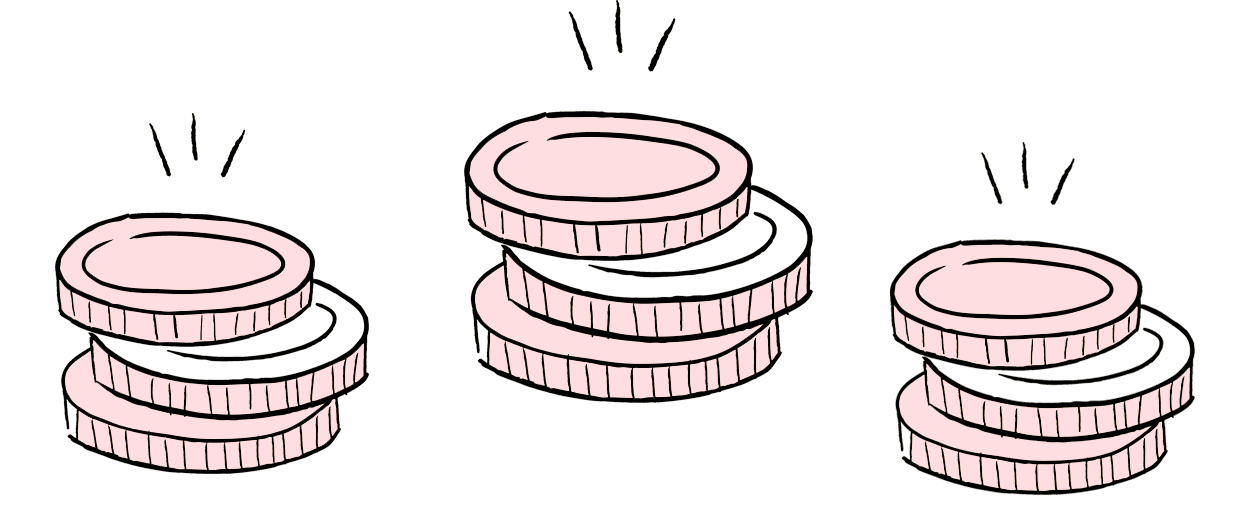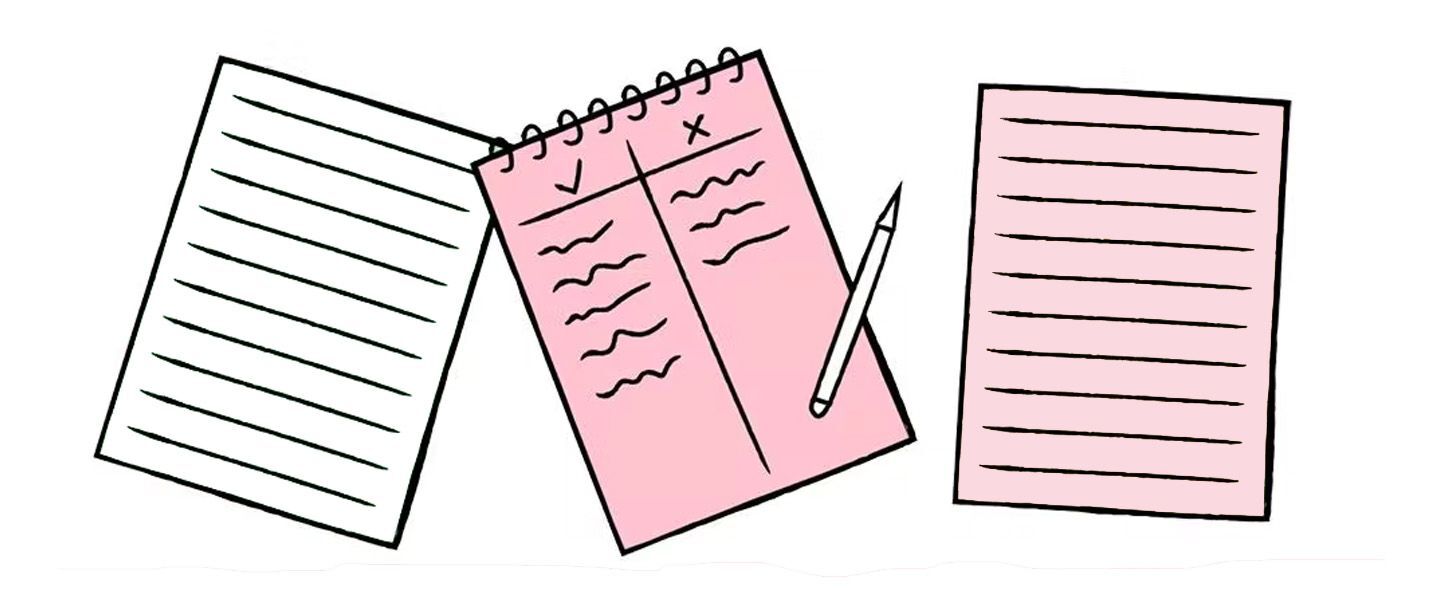The tips you need to manage cash flow in the right way


Fresh insights from 2,650 finance decision-makers across Europe
Craig Alexander Rattray is a Growth Strategist and Cash Flow Expert based in Glasgow, Scotland. He is the author of Mastering Cash Flow for Business Owners.
Controlling and managing cash flow is key to business success. But many ignore it, take it for granted or just… hope for the best.
Guided by the old adage that "you can’t manage what you don’t measure", I’ve always believed in taking action and managing cash closely.
I’m here with some some practical advice to help you get on top of cash outflows, as well as a look at why relationships are key for cash inflow management.
What are cash inflows and cash outflows?
Very simply, cash inflows mainly relate to receipts from customers, and cash outflows relate to payments to employees, suppliers and taxes.
Clearly, receipts from customers are more difficult to predict (unless using direct debit or other forms of regular payments), but cash outflows are under the control of the business – often with set days for payments.
As a result, most businesses “control” (and I use the word loosely) their cash by focusing on the outflows.
They make payments when there are funds in the bank account, and often very little planning takes place with respect to next week, next month or next quarter.
Better management of cash outflows
Information is key. Real-time data is vital for managing your business and cash flow effectively.
We must know what we owe, why we owe it and when it is due.
According to the 2020 QuickBooks State of Payroll report , 61% of small business owners don’t know how much money they spend each month.
That is a worrying statistic – but it’s worth pausing to consider whether you could accurately put your finger on what your company spends.
If not, why not? You should be able to – it is your business.

Practical steps you can take
So, how do we better manage cash outflows?
Process invoices faster
Do everything, every day. Ensure invoices are collated and posted into the accounting system immediately, and formally approved.
Have a system to collate spending commitments made and purchase invoices not yet received.
A Purchase Order system of advance approval for purchase commitments allows greater control of purchases. It also means that outstanding commitments can be considered when preparing cash flow forecasts. If you don’t yet forecast, start today.
Follow a clearly-defined payment policy
Work out what is best for your company based on your cash inflows, and phase the payments into your cash flow forecast model.
If you don’t have one, get one! This provides suppliers with certainty and avoids daily payment runs.
Review the outstanding trade payables/trade creditors schedule
This is a great review exercise as you will become familiar with the amounts due, the key suppliers and the overall balance.
Most reports will also show expenditure by supplier for the year-to-date.
With this information at your fingertips, you can negotiate with suppliers to agree discounts, better payment terms or even annual retrospective discounts.
Understand your day's purchases outstanding and the financial impact
This allows you to evaluate the number of days of purchases outstanding and provides an indication of how quickly you pay suppliers.
If most of your credit terms are 30 days, the number should fall around this if you are paying on time. A significant lag against credit terms can be indicative of either problems with cash and the inability to pay on time or lax administrative processes.

Some other quick tips...
– Speak to suppliers regularly and notify them if payments are going to be late
– Don’t break payment commitments that you’ve made
– Transfer all employee taxes, sales taxes, and a provision for corporate taxes into a separate bank account
– Try to extend payment dates to suppliers by agreement, especially if there are multiple alternative suppliers (Use your status as a loyal customer who wants to stay, but needs 60 days rather than 30 days etc)
Don’t forget that cash outflows are easier to forecast as they are within your control.
The key is to ensure they are matched against the cash inflows of the company and included in your cash flow forecast.
Do this successfully and you will have sufficient cash for the business to breathe.
I’ve covered the difference between profit and cash , and managing cash outflows. All that’s left now is cash inflows and how to better manage them.
Let’s get to it.

How to maintain relationships for better cash inflow management
As highlighted above, cash outflows are under our control as we decide when we make the payments from our bank account, and how much we pay.
But that’s not the case with cash inflows.
The uncertainty of cash inflow
The timing and quantum of receipts from customers are at their discretion, just like our cash outflows are, and that means they’re more difficult to predict with the certainty of our outflows.
Remember, without the cash inflows, our ability to make cash outflows will be restricted.
This clearly makes cash inflows more difficult to manage and control. Credit terms and cash collection processes are a key part of good cash management.
The key in cash outflows is information, real-time data and ensuring we know what we owe, why we owe it and when it’s due.
Whilst we need that information too for cash inflows, it can be a bit more complicated.
I believe the key to success for good cash inflow management is down to the relationship with the customer – an area that’s often neglected in terms of its importance.
Building the right relationships
There are many things we can do that will assist in improving the timing of cash receipts (more on this later). However, the personal relationship with a customer can have much more of an impact.
As the Finance Director (FD) or Chief Financial Officer (CFO) in difficult cash situations, my focus is always on paying the key suppliers first that are critical to continue trading and delivering our products and services. And similarly, those that are inclined to chase for payment are generally higher up on the payment list too.
It’s equally important to ensure that the operational team stays close to their day-to-day supplier contacts and highlights any cash and payment challenges that may spring up. That provision of knowledge, care, and making them aware of the situation, helps when there are issues with retaining supply.
If we approach that from the cash inflow perspective, we can use that insight to our benefit and adapt our approach accordingly.
Get to know the people: their family, their interests and other personal things that help build the relationship.
Established and well-developed relationships make customers think twice before making late payments.
If they only have limited funds left to pay suppliers and it’s between your business and another where there is no relationship, in most cases you’ll be paid.
Steps to take to improve business relationships
There’s a lot more that I could expand on here, but it’s important to highlight some other key tips to improve cash inflows;
Speed up your invoice processing
Invoice when the work is done, services are provided, or products delivered. Ideally daily.
This includes good administration. Ensure all invoices have the correct details, like company name, address, the receiver, what work or service was provided, to avoid unnecessary delays.
My preference is for invoices to be sent electronically .
Provide clear credit terms, due dates and credit control policy
Credit terms and due dates should always be confirmed in writing and included on all invoices.
Ideally use a standard credit application form, with detailed trading terms, and credit check the potential customer too. Perhaps ask why they left their previous supplier and even make a call if there are concerns.
It’s also important to follow a clearly defined credit control policy. What is your debt collection process – dates, timings, actions? Are the finance and operational teams aware of the contents of the policy? What are the escalation procedures for overdues or over credit limit?
It’s good practice to put all of this in place.
Review outstanding trade receivables and trade debtors schedules
Both should be reviewed weekly and if you have a dedicated person, they should be chasing and reminding customers daily.
Typically, the aged debtors schedule is analysed in columns showing current, 30 days, 60 days, 90 days, 120 days and 120+ days. I aim to ensure there are no outstanding items in the end four columns, unless there are specific reasons for your company to offer extended credit terms.
There should be detailed actions for all individual invoices outwith the first two columns.
Make it easy to be paid
Online and electronic payments should be the standard method of receipt.
It avoids delays and awaiting cheques clearing. You should be able to accept multiple payment methods including credit card and solutions, like Stripe and PayPal .
There are other things that can be done to improve timings of receipts like direct debit/automatic payments, taking deposits, incentivising early payment and various others.
Credit control and trade debtor/receivables management should be a regular routine for all businesses.
Remember, in my view, a sale is not a sale until the cash is in your bank account — focus on that and you’ll definitely improve your cash inflows.
Want even more small business cash flow management tips?
